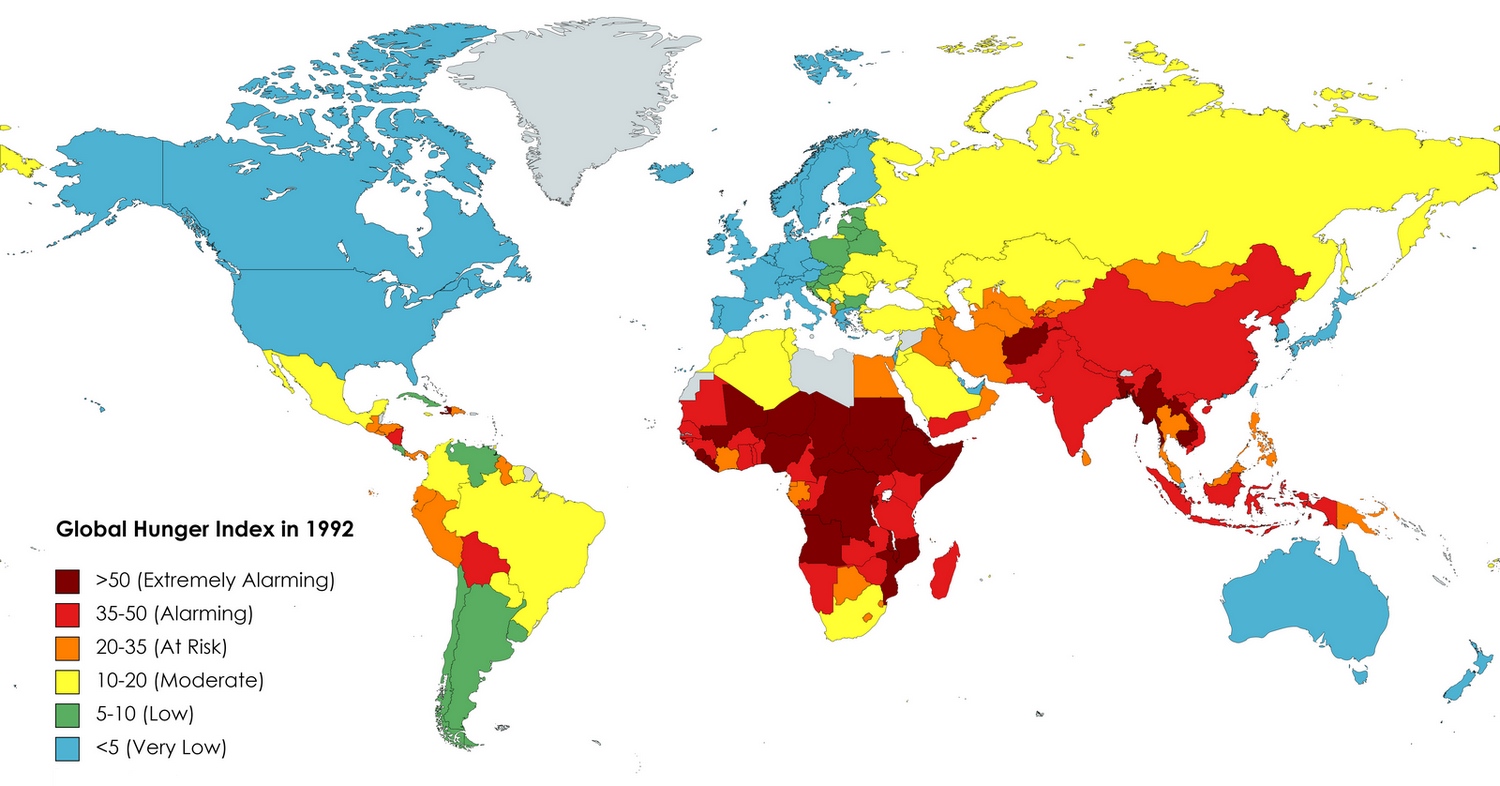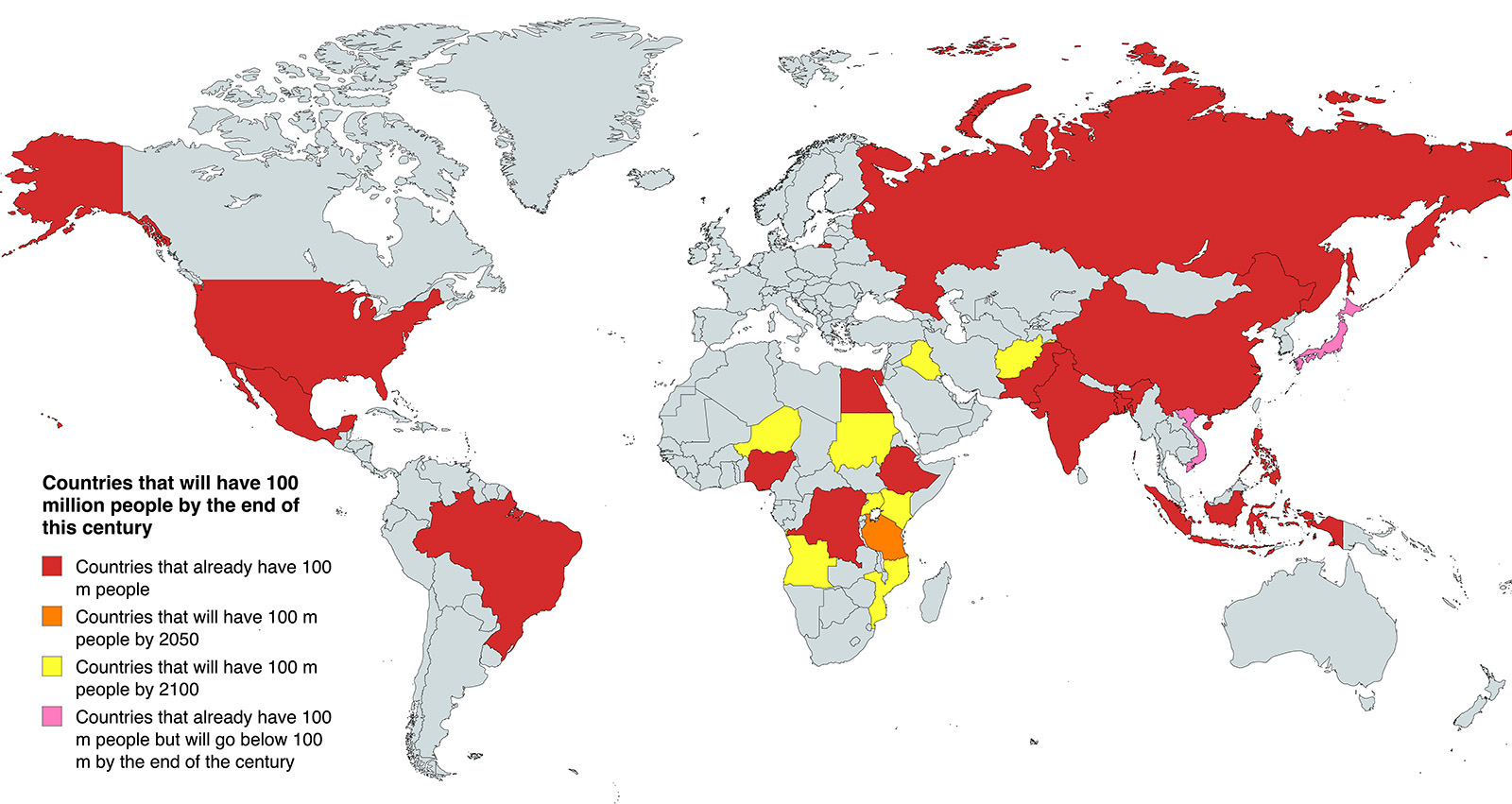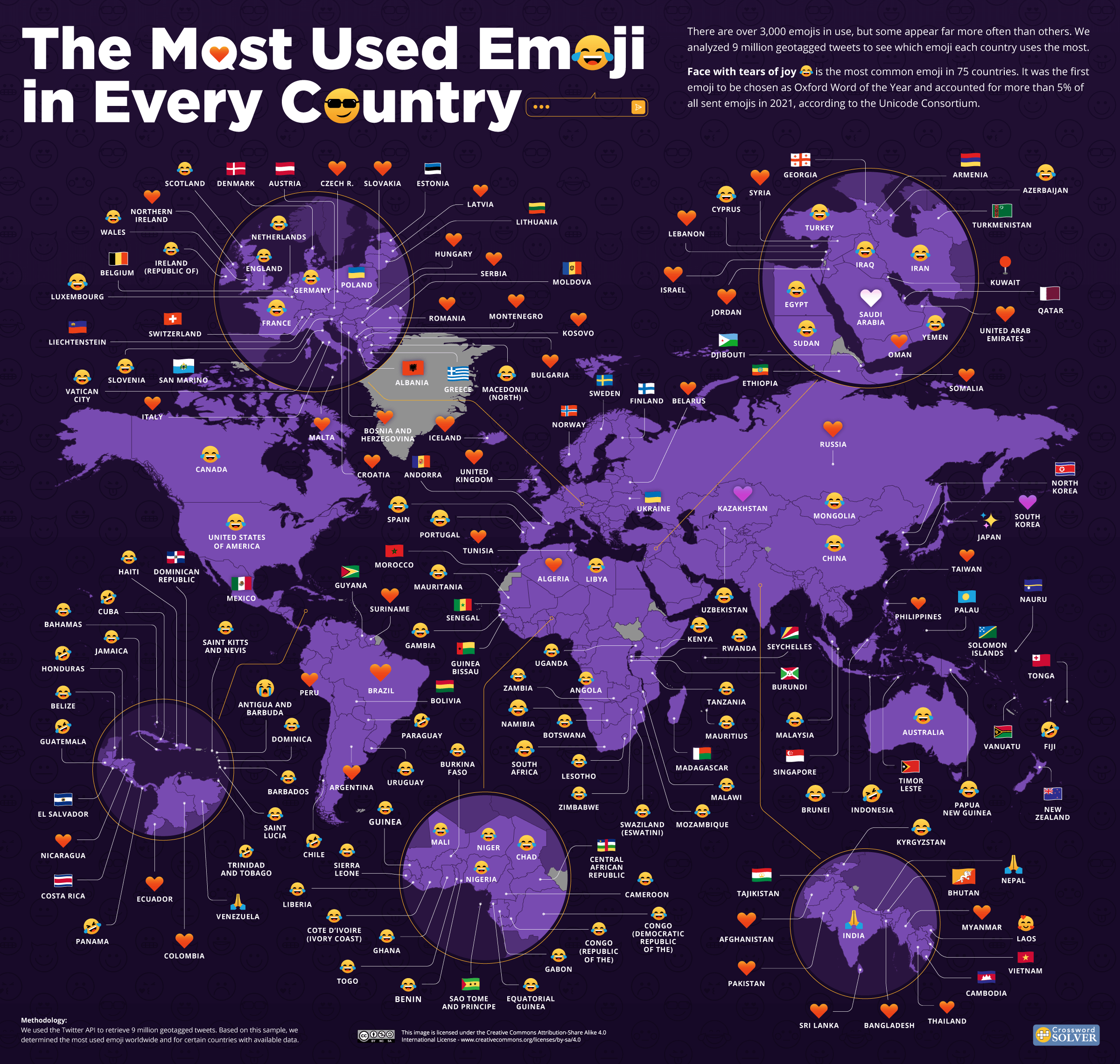Global Hunger Index
Table of Contents
This post may contain affiliate links. As an Amazon Associate, we earn from qualifying purchases.
Approximately697 million people ( 9% of the global population ) are severely food insecure, while 1/4 people globally (1.9 billion) are moderately or severely food insecure. The Global Hunger Index is the primary hunger indicator used by the European Non-governmental organization of Concern Worldwide and Welthungerhilfe to measure hunger worldwide and by region and country.
The Global Hunger Index (GHI) is a tool adapted and further developed by the International Food Policy Research Institute (IFPRI) to measure global hunger comprehensively. The GHI incorporates four interlinked hunger-related indicators – the ratio of the undernourished as a percentage of the population,
the proportion of children under five suffering from wasting, a sign of critical undernutrition, the proportion of children under five suffering from stunted growth, a symptom of chronic undernutrition, and child mortality under the age of five.
The GHI aims to raise awareness of regional and country differences in hunger and trigger action to eliminate hunger. Targeted at a wide range of audiences – including policy-makers, donors, non-governmental organizations, educators, the media, and the broader public – the GHI provides insights into the drivers of hunger and highlights successes and failures in hunger-reduction.
How is the Global Hunger Index calculated?
The index ranks countries on a 100-point scale, with 0 being the best (no hunger) score and 100 being the worst. Values less than 10.0 reflect low hunger, values between 10.0 and 19.9 reflect moderate hunger, values between 20.0 and 34.9 indicate a severe problem, values between 35.0 and 49.9 are alarming. Values of 50.0 or higher are highly alarming. The severity of hunger is associated with the range of possible GHI scores estimated using the four indicators noted above. The multidimensional approach of the GHI offers several advantages. It captures various aspects of hunger in one index number, thereby presenting a quick overview of a complex issue. It takes account of the nutrition situation of the population as a whole and of a physiologically vulnerable group – children – for whom a lack of nutrients causes a high risk of illness, poor physical and cognitive growth, and death. In addition, combining independently measured indicators reduces the effects of random measurement errors.
Global Trends in Hunger
Global Hunger Index score decreased 4.7 points from 25.1 to 20.4 between 2006 and 2012 and continues falling. The maps below illustrate the positive changes in the index from 1992 to 2018.


Еhe hunger situation is still severe in Africa, south of the Sahara, and South Asia. Below is a list of the countries most affected by hunger in 2021.
The world’s 10 hungriest countries
- Somalia
- Yemen
- Central African Republic
- Chad
- DR Congo
- Madagascar
- Burundi
- Comoros
- South Sudan
- Syria








